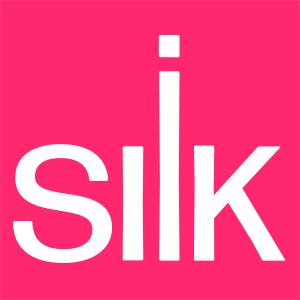As companies big and small continue to come to terms with Google’s recent announcement that it’s axing its IoT core service, you may have already started to feel the ripple effects within your organization. The unexpected cut to such a Tier 1 service is in stark contrast to the almost infinite scaling, flexibility, and growth that the cloud promises. “Up and to the right, smoothly” has been the expectation of many for their cloud journey.
The public cloud was going to be your ticket to ever-expanding cloud data storage. With the cloud, you could take a deep dive into massive amounts of data where you could glean critical insights to keep your business competitive. The IoT service unlocked access to data from non-traditional sources. When it came to IoT-derived data, all thingswere virtually accessible.
As you saw recently, the public cloud landscape keeps changing. Cloud services continue to come and go, often without much attention given lack of market traction, but that’s changing. Now, not even “sacred” Tier 1 cloud services seem to be immune from being cut by cloud service providers.
A speed bump on your organization’s journey to the cloud
If you leveraged Google’s IoT offering, this news has definitely been unsettling for your company. The work of mitigating the impact to your business operations will be borne by your data and cloud professionals.
Your data analysts, data scientists, data engineers and other data professionals will have to figure out new ways to capture and analyze sensor and device data for your entire network. A new IoT application may bring the same results as GCP. However, you’ll need to allow your team sufficient time to learn the new technology. And as we all know, time is money.
Even if you can find another service that meets your functional needs at a sustainable cost, your IT professionals now have to worry about integrating it into your existing cloud infrastructure. There will be compatibility issues that will need to be ironed out. Managing this new service with the rest of your company’s IT services and programs will be critical to a successful integration.
Your cloud data engineers, developers, software engineers and other members of your cloud operations team will also be impacted. Existing applications may have to be refactored – or rewritten – to operate on a new IoT solution. This could potentially disrupt plans for new application rollouts and/or upgrades. Your cloud operations team will have to work hard to ensure the performance of applications and mission-critical workloads that keep your business humming along.
Making the cloud work for your business with Silk
Your cloud strategy evolves over time, sometimes proactively based on business opportunities, sometimes reactively based on competitive threats, or platform changes like this one. Remember how important it was for every enterprise to have a Hadoop service, until Gartner estimated the failure rate of those early data lakes at over 80%?
The point is that certain cloud services that were once critical, may no longer be critical and vice-versa. Not knowing when any of these cloud services could potentially disappear is a cloud challenge that we’ll all have to live with for a while. With this ever-changing cloud landscape, there are two things that should remain a fixture for your business: performance and cost.
Silk allows you to meet and exceed cloud performance goals for your business. Silk is a virtualization layer between your database workloads like Microsoft SQL and Oracle and the cloud and works to keep your business humming along. And the best part is, your cloud bill doesn’t have to suffer.
Performance and cost are important whether you’re doing IoT, AI/ML, or analytics. Make sure you’re covered in these areas because your cloud platform is changing everything else. With Silk, we put cloud performance and cost savings back into your hands.




